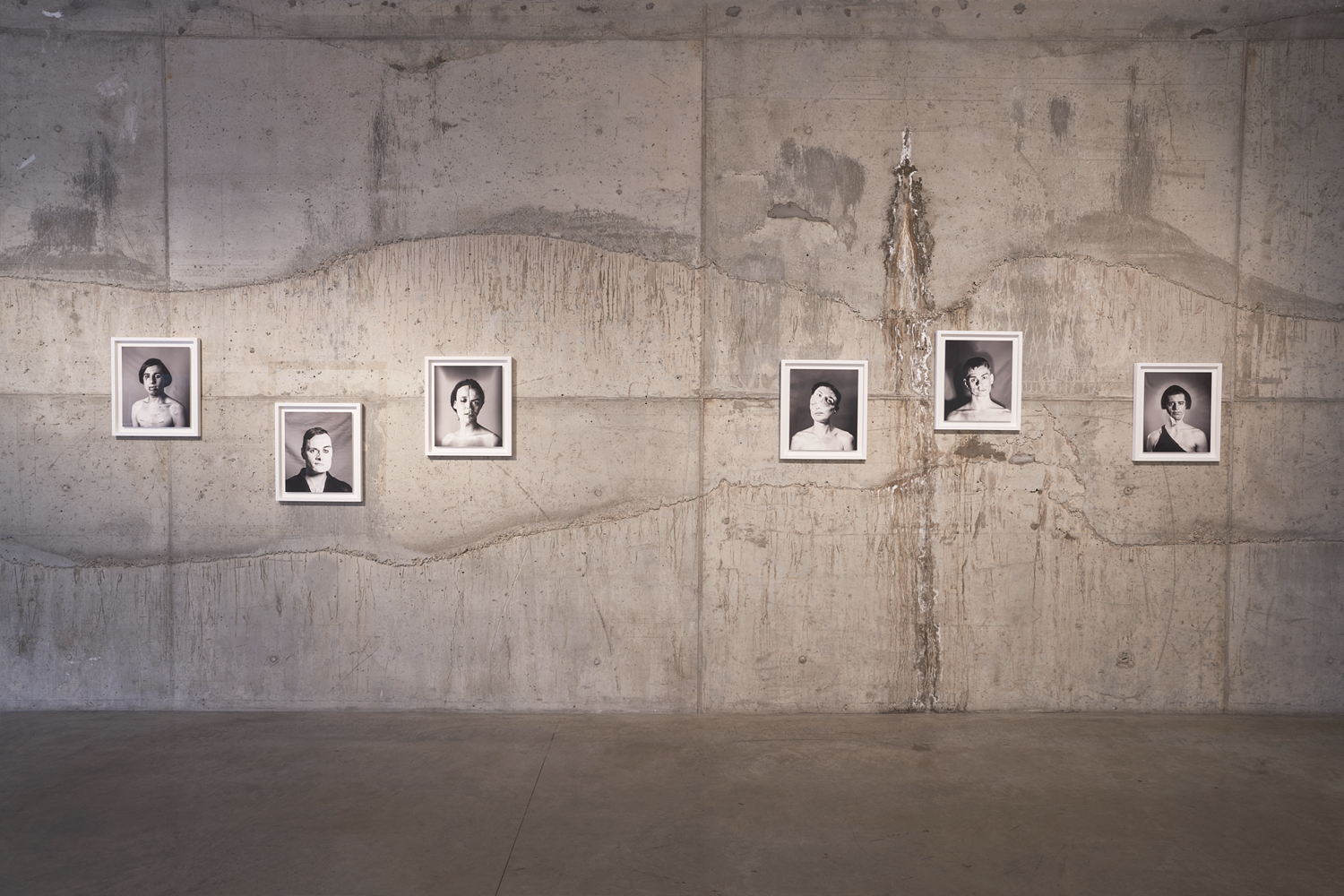
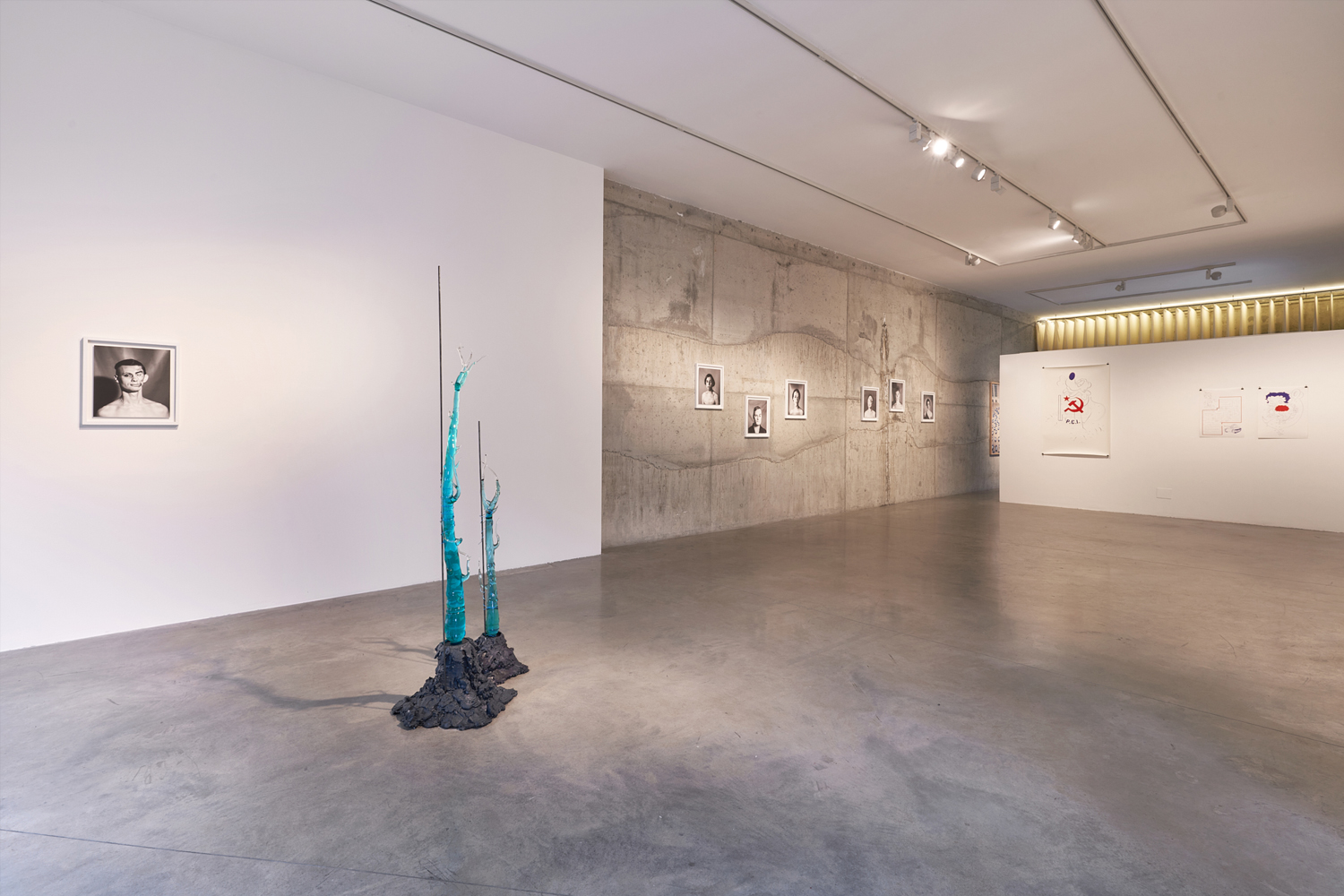
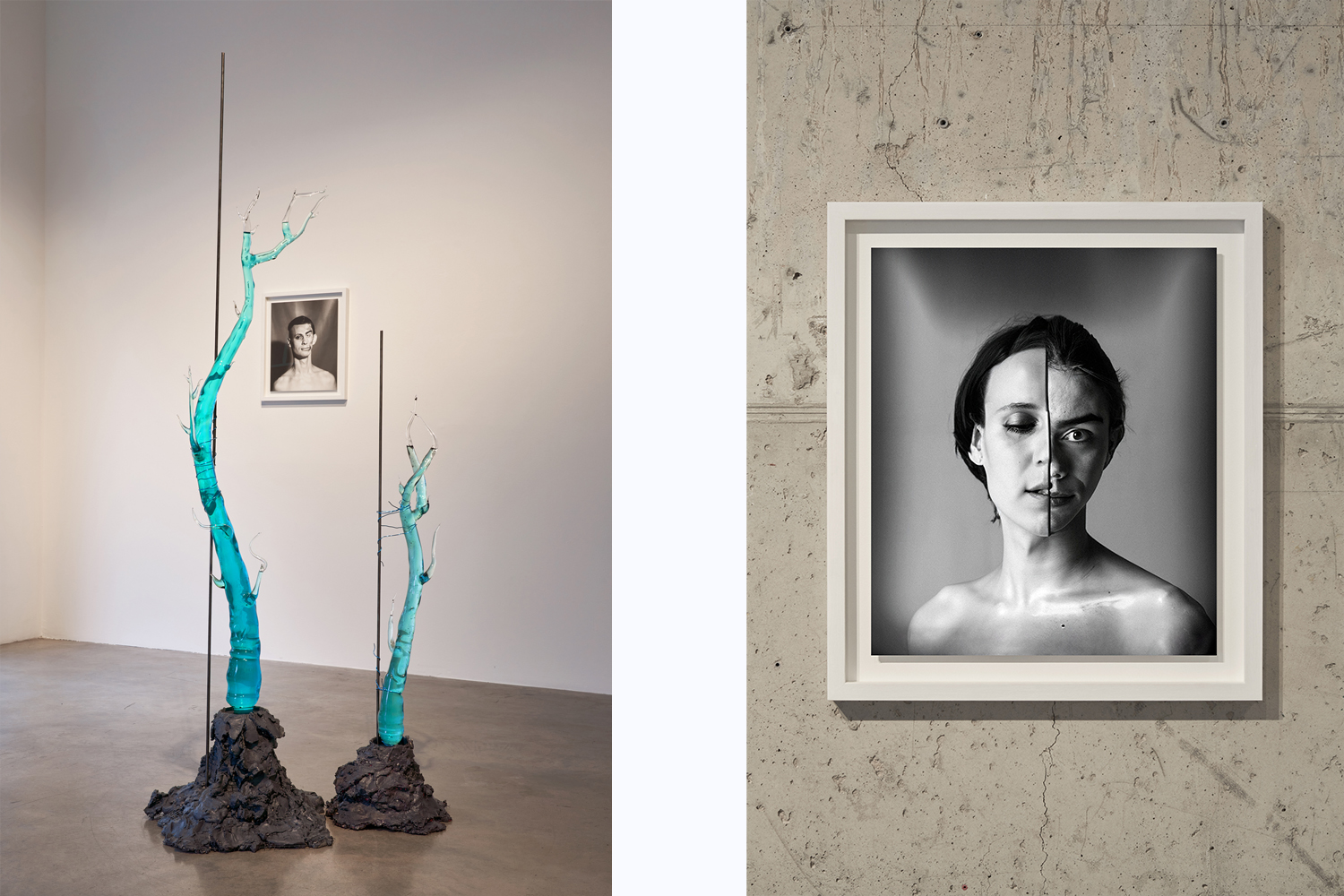




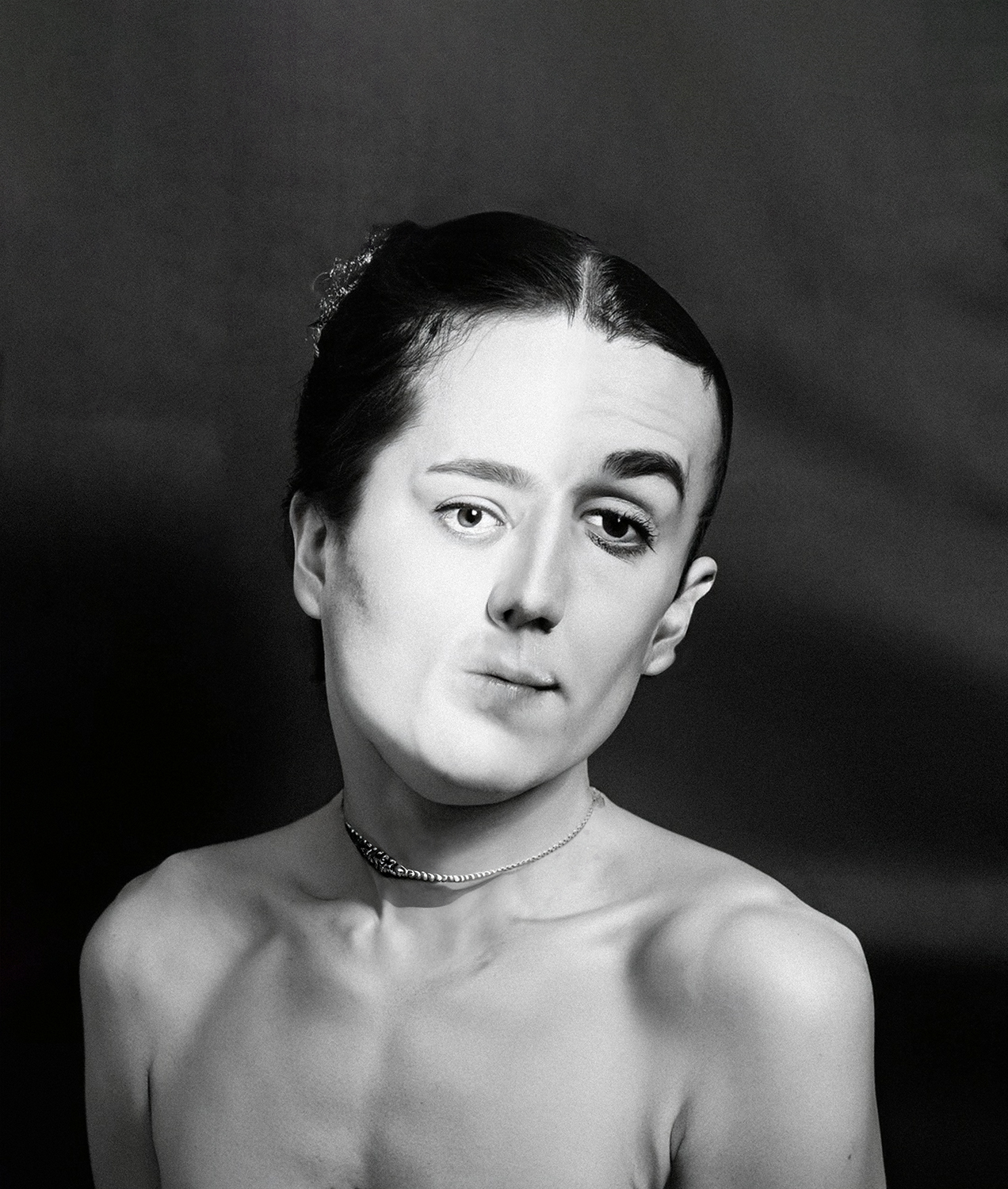


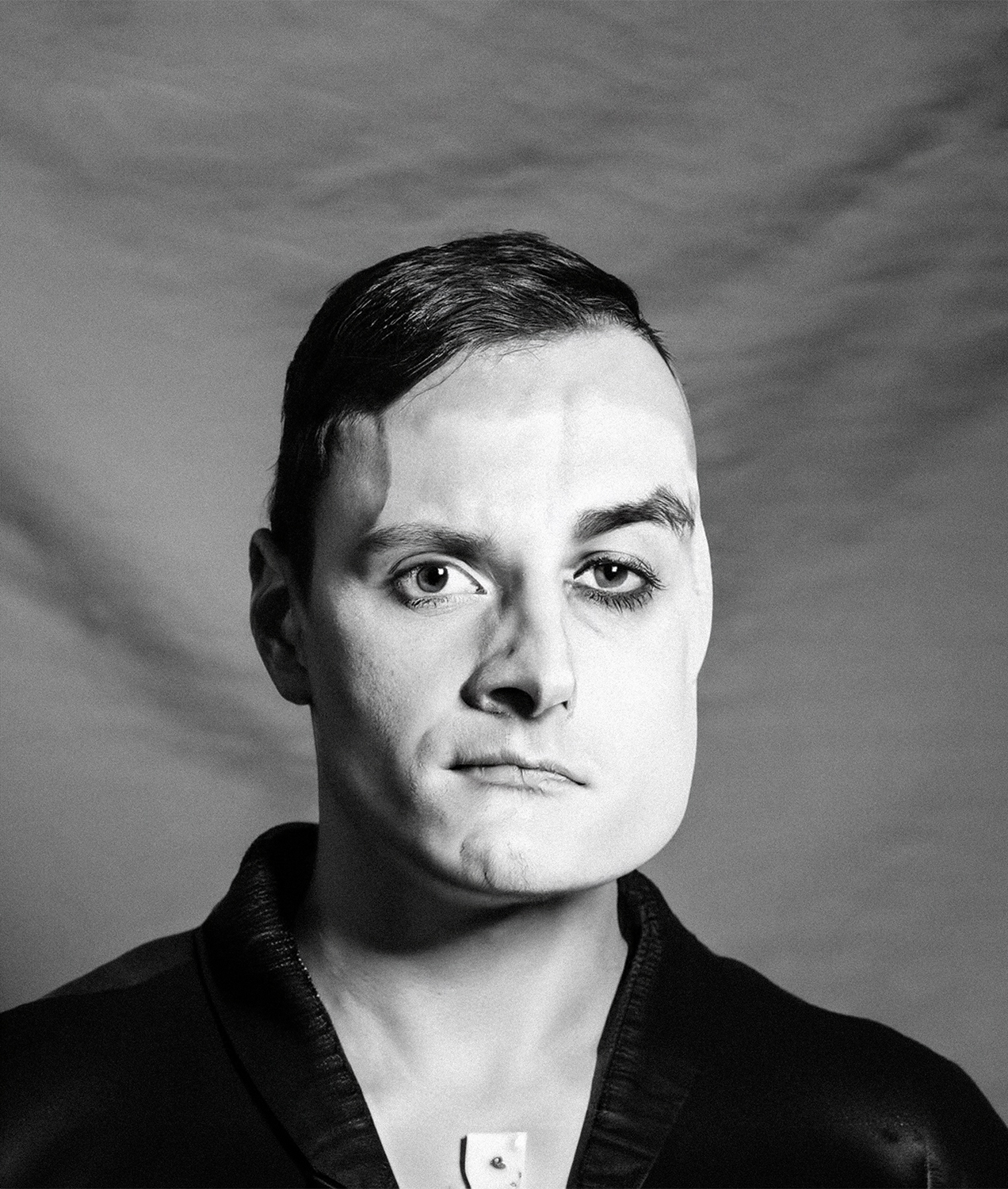
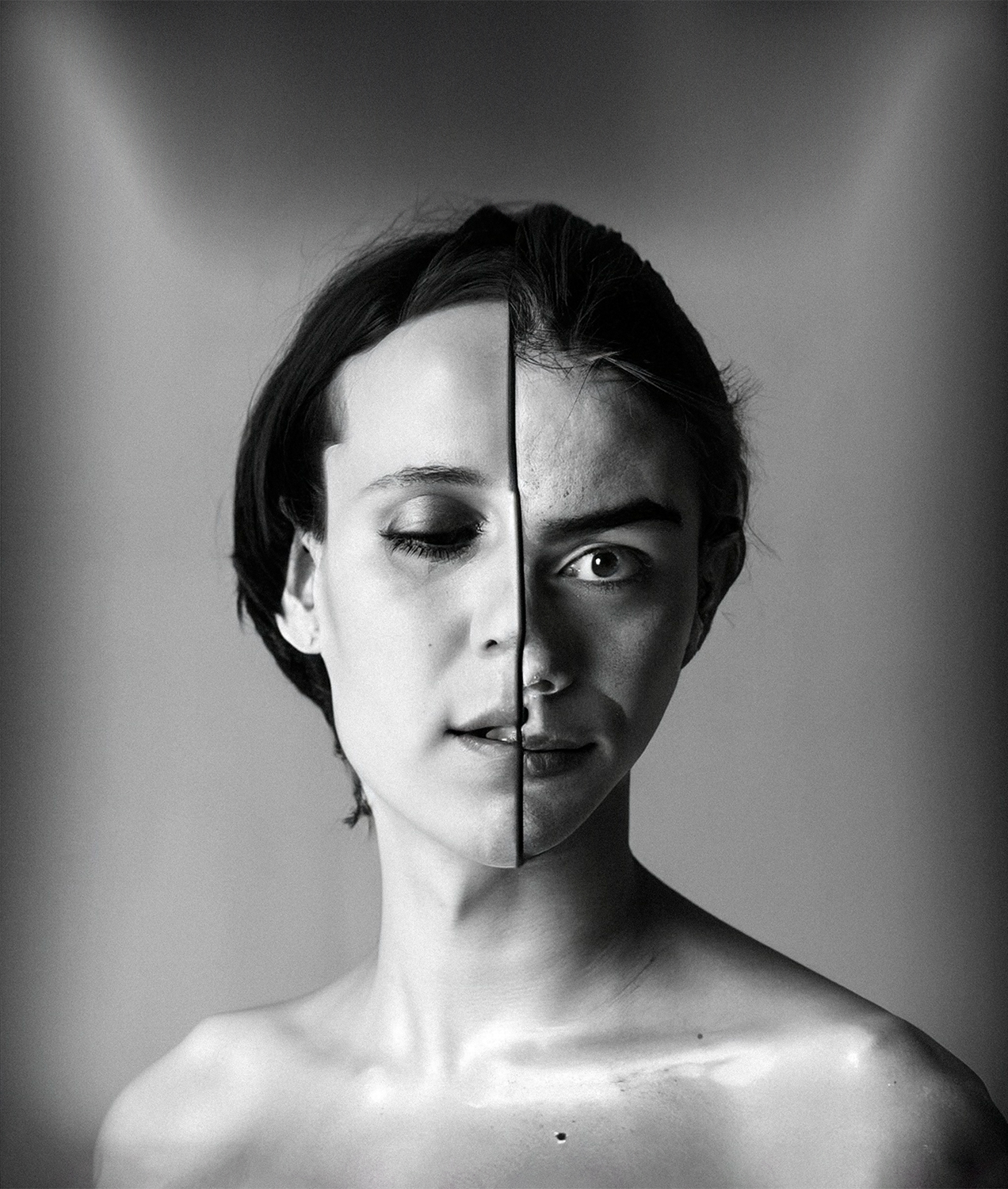


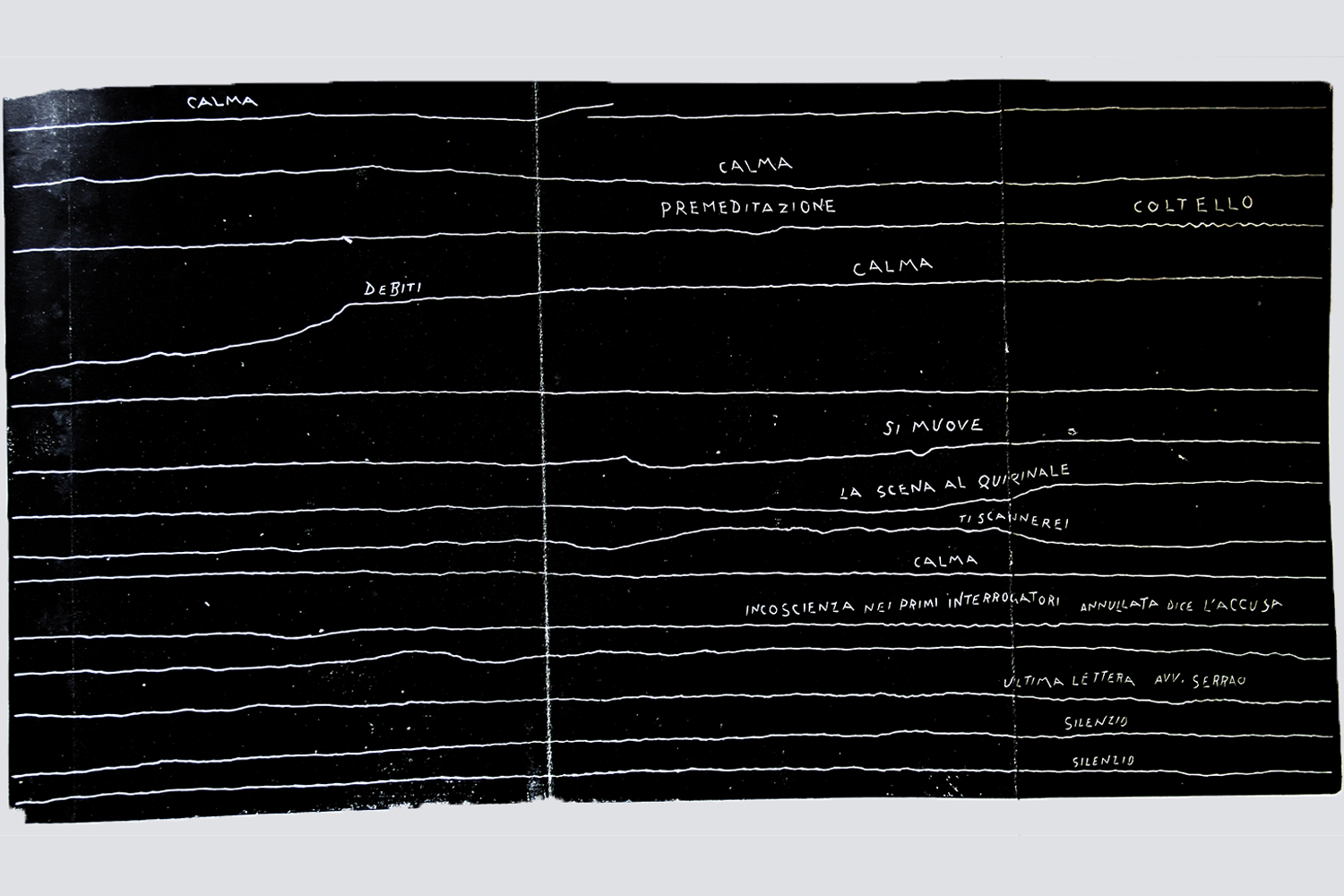
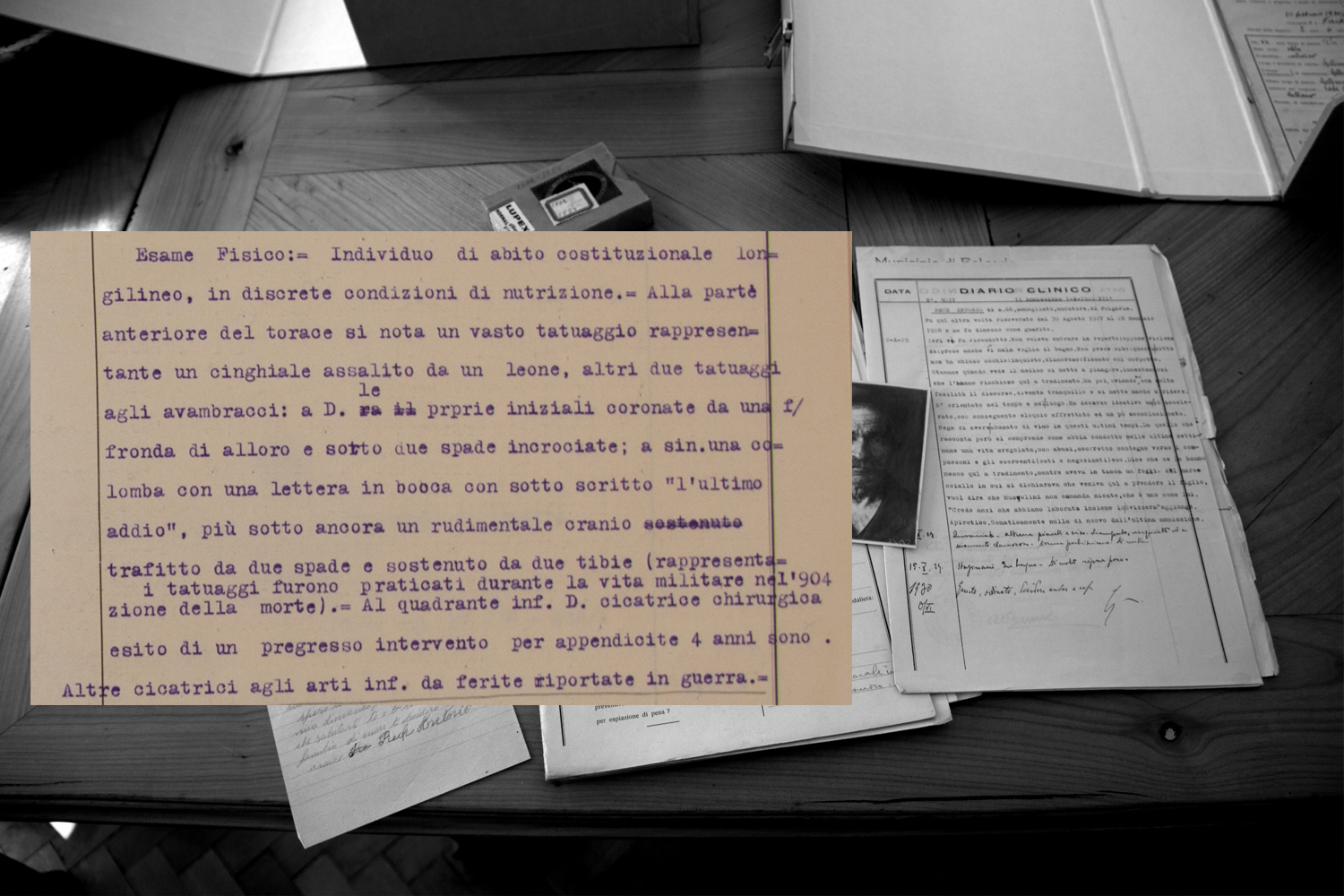
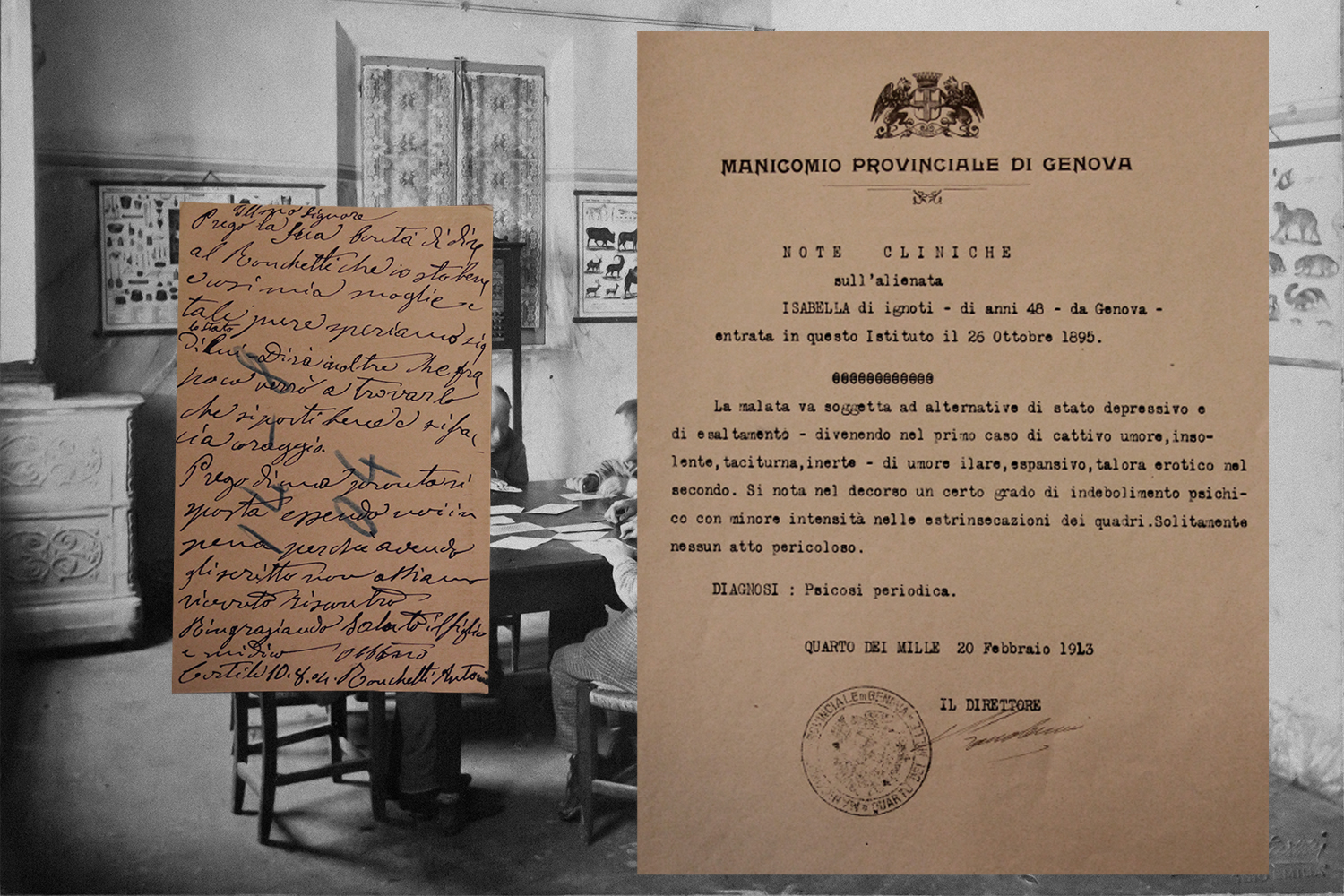

"Non-things are infiltrating our environment from all directions, driving things out. These non-things are called information."
Vilém Flusser
Nowadays we perceive reality mainly in terms of information, we consume it relentlessly by reducing physical contact, and our interests are less and less oriented towards things and more and more towards information and data.
The production of photographic shots in the very near future seems to be stepping aside from images that are created by human hand through a professional optical device, in favor of images made by intelligent computer systems that deliver a visual, literary, musical or functional result.
With the rise of new machine learning and artificial intelligence (AI) systems, new computational technologies are able to create new images based on inputs and suggestions on specific topics or concepts.
Working from texts taken from letters of patients in treatment, from medical records and diagnoses, the artist put some narratives under the control of computer technology, while at the same time interrogating it on contemporary issues such as identity mutation, cosmetic surgery, body fluidity and disability. The algorithm generated thousands of shapes, forms and bodies that the author selected, reworked and edited through a process of hybridization, assemblage and construction.
The final result is a series of assembled portraits, generated out of data and not out of light. They are portraits of nonexistent individuals, of people who never actually lived, indecipherable, torn apart and not equally replicable; they are temporary and created out of information that does not inform but deforms, where the difference between true and false is neatly leveled.
They present themselves visually to the eyes of the observer in their human dimensions and proportions and despite the fact that they are fictitious, one is confronted with images that are attractive, destabilizing, and maintain somehow a strong visual analogy with the actual archival photographic records that the artist has consulted in his research project.
These individuals are the result of a reality that has been reduced to information and in which "non-things" are obtained thanks to systems that do not have an emotional component. They are shreds of bodies assembled as a result of a calculation carried out without emotion and spirit, in order to build a new hyper-real and disembodied world.
The Infomi project, realized without a camera, aims to question the potential of artificial intelligence in art practices, as well as its ability to reshape our comprehension and perception of creativity in the relationship between digital, generative and traditional art.
"Non-things are infiltrating our environment from all directions, driving things out. These non-things are called information."
Vilém Flusser
Nowadays we perceive reality mainly in terms of information, we consume it relentlessly by reducing physical contact, and our interests are less and less oriented towards things and more and more towards information and data.
The production of photographic shots in the very near future seems to be stepping aside from images that are created by human hand through a professional optical device, in favor of images made by intelligent computer systems that deliver a visual, literary, musical or functional result.
With the rise of new machine learning and artificial intelligence (AI) systems, new computational technologies are able to create new images based on inputs and suggestions on specific topics or concepts.
Working from texts taken from letters of patients in treatment, from medical records and diagnoses, the artist put some narratives under the control of computer technology, while at the same time interrogating it on contemporary issues such as identity mutation, cosmetic surgery, body fluidity and disability. The algorithm generated thousands of shapes, forms and bodies that the author selected, reworked and edited through a process of hybridization, assemblage and construction.
The final result is a series of assembled portraits, generated out of data and not out of light. They are portraits of nonexistent individuals, of people who never actually lived, indecipherable, torn apart and not equally replicable; they are temporary and created out of information that does not inform but deforms, where the difference between true and false is neatly leveled.
They present themselves visually to the eyes of the observer in their human dimensions and proportions and despite the fact that they are fictitious, one is confronted with images that are attractive, destabilizing, and maintain somehow a strong visual analogy with the actual archival photographic records that the artist has consulted in his research project.
These individuals are the result of a reality that has been reduced to information and in which "non-things" are obtained thanks to systems that do not have an emotional component. They are shreds of bodies assembled as a result of a calculation carried out without emotion and spirit, in order to build a new hyper-real and disembodied world.
The Infomi project, realized without a camera, aims to question the potential of artificial intelligence in art practices, as well as its ability to reshape our comprehension and perception of creativity in the relationship between digital, generative and traditional art.
"Non-things are infiltrating our environment from all directions, driving things out. These non-things are called information."
Vilém Flusser
Nowadays we perceive reality mainly in terms of information, we consume it relentlessly by reducing physical contact, and our interests are less and less oriented towards things and more and more towards information and data.
The production of photographic shots in the very near future seems to be stepping aside from images that are created by human hand through a professional optical device, in favor of images made by intelligent computer systems that deliver a visual, literary, musical or functional result.
With the rise of new machine learning and artificial intelligence (AI) systems, new computational technologies are able to create new images based on inputs and suggestions on specific topics or concepts.
Working from texts taken from letters of patients in treatment, from medical records and diagnoses, the artist put some narratives under the control of computer technology, while at the same time interrogating it on contemporary issues such as identity mutation, cosmetic surgery, body fluidity and disability. The algorithm generated thousands of shapes, forms and bodies that the author selected, reworked and edited through a process of hybridization, assemblage and construction.
The final result is a series of assembled portraits, generated out of data and not out of light. They are portraits of nonexistent individuals, of people who never actually lived, indecipherable, torn apart and not equally replicable; they are temporary and created out of information that does not inform but deforms, where the difference between true and false is neatly leveled.
They present themselves visually to the eyes of the observer in their human dimensions and proportions and despite the fact that they are fictitious, one is confronted with images that are attractive, destabilizing, and maintain somehow a strong visual analogy with the actual archival photographic records that the artist has consulted in his research project.
These individuals are the result of a reality that has been reduced to information and in which "non-things" are obtained thanks to systems that do not have an emotional component. They are shreds of bodies assembled as a result of a calculation carried out without emotion and spirit, in order to build a new hyper-real and disembodied world.
The Infomi project, realized without a camera, aims to question the potential of artificial intelligence in art practices, as well as its ability to reshape our comprehension and perception of creativity in the relationship between digital, generative and traditional art.





